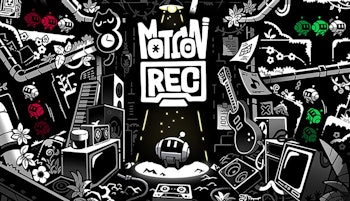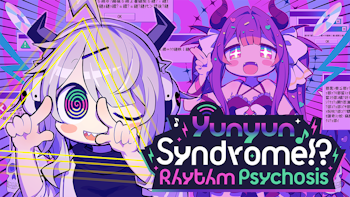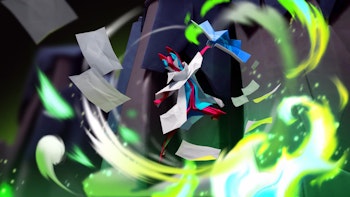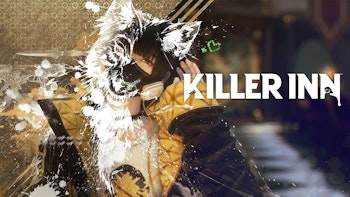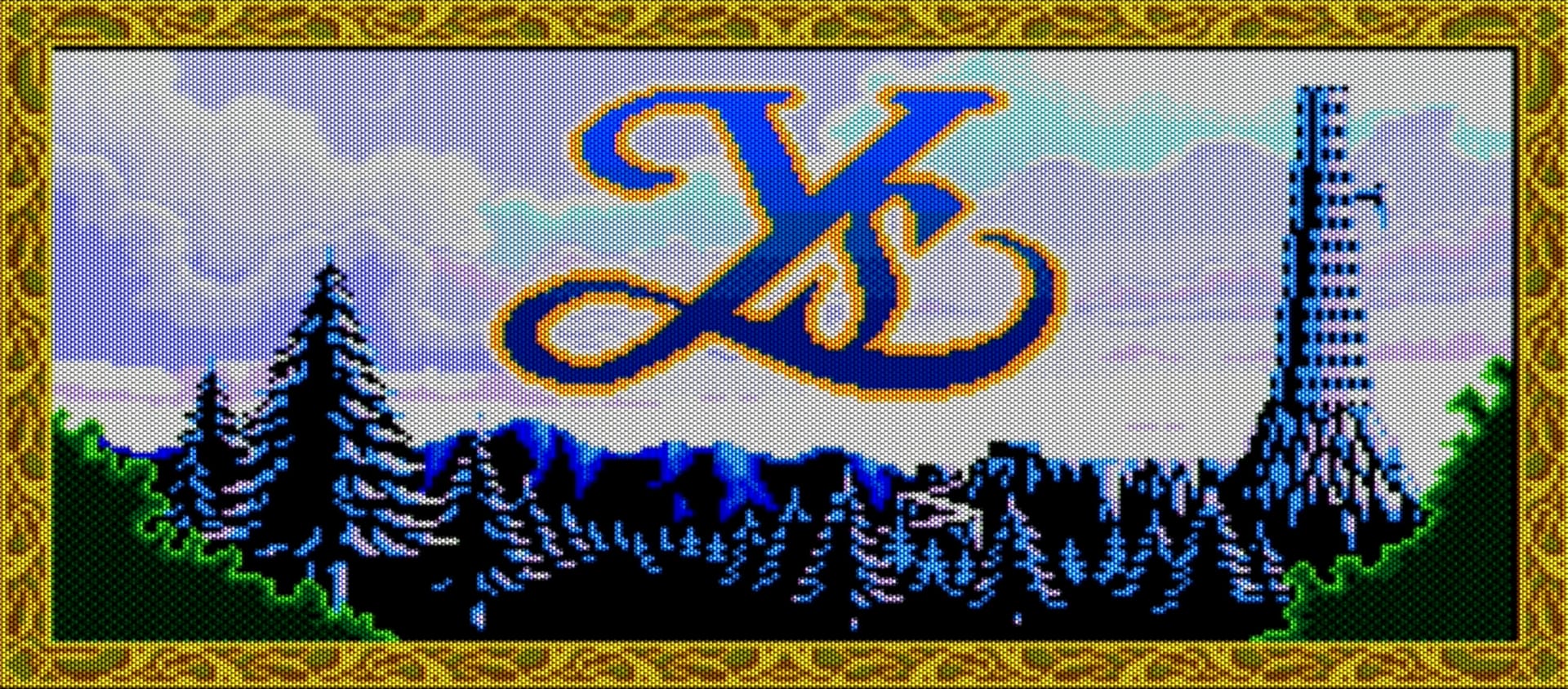
When we think of the biggest names in Japanese RPGs, titles like Final Fantasy, Dragon Quest, and Shin Megami Tensei tend to pop into our minds immediately. Ys, however, is a franchise that has existed since the late 1980s, albeit with a much smaller footprint. Despite being a more obscure brand on the world stage, it comprises a long list of games that are golden classics in their own right, which have often experimented with mechanics not commonly featured in other games, and have been amongst the first to place a key focus on aesthetic choices that continue to define it almost 40 years later.
Ys follows a continuous story with few explicit boundaries
Each chapter in the Ys series is essentially a selection of pages in the journal of Adol Christin, the red-haired adventurer who serves as the main protagonist of each game. While the annals of Adol’s adventures follow a chronological timeline, there has never been a clear overarching final objective. Instead, the series is presented as an anthology that features recurring characters, such as Dogi – Adol’s most trusted ally, and entities like the Romun Empire, which tends to serve as a foil to Adol’s exploration and keep him in check.
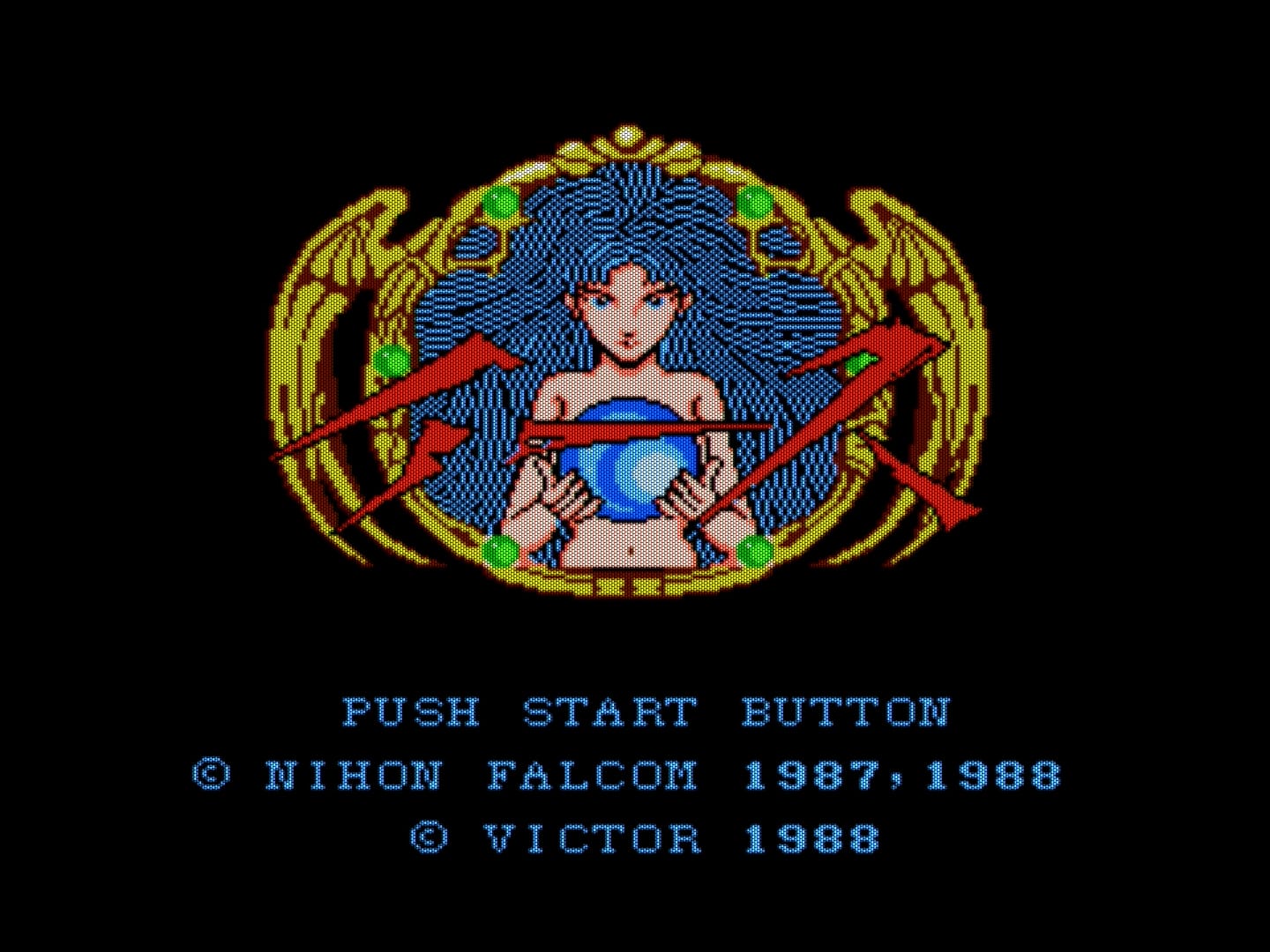
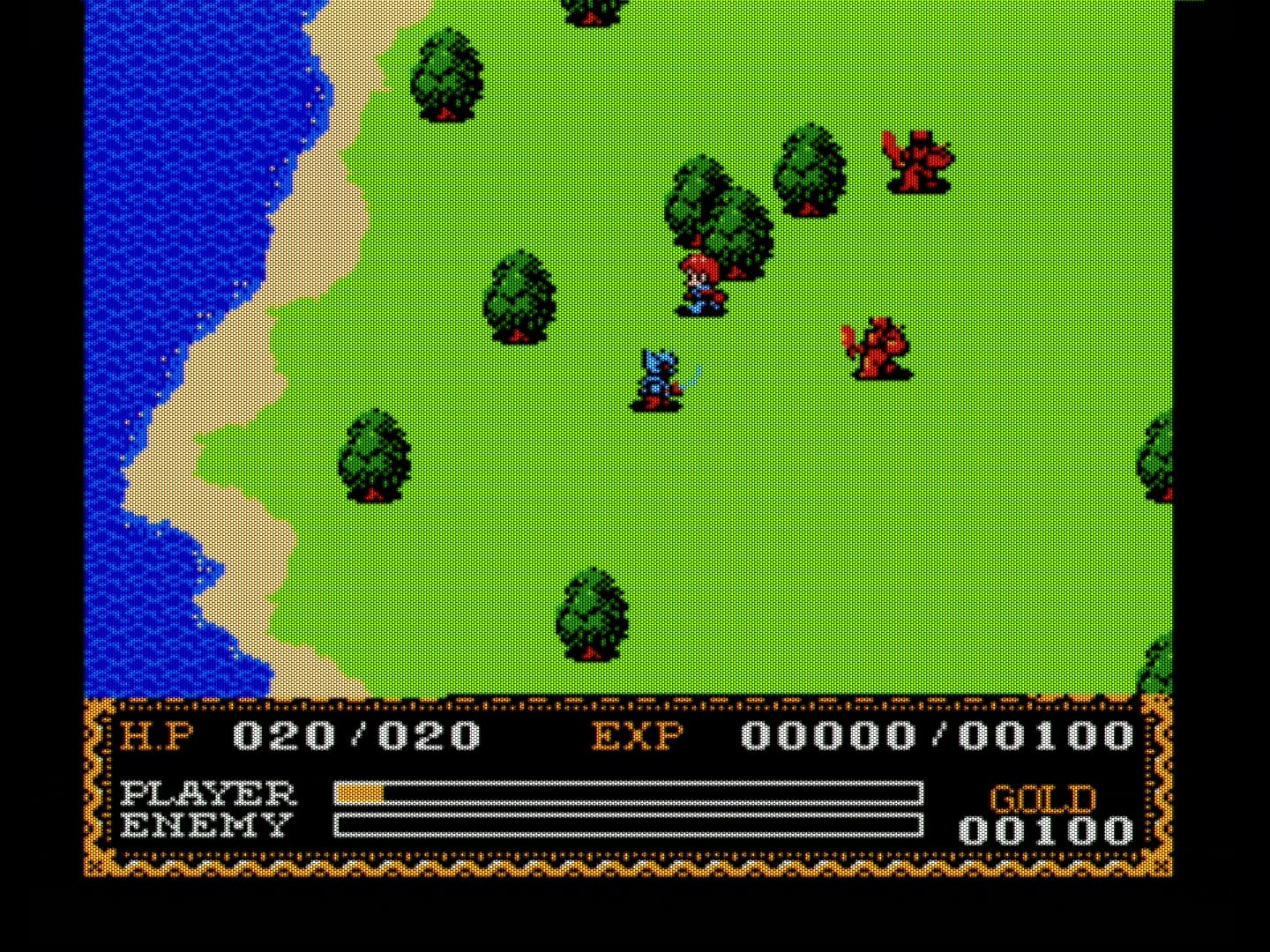
©Nihon Falcom ©Victor
Given its anthology-like narrative structure, it’s fitting in a meta sense that Ys has reinvented itself in terms of gameplay over and over again with each new title in the franchise. In the earliest days, Ancient Ys Vanished (Ys I & II) were presented as top-down action RPGs with a magic system, and a rather unique form of combat that involves moving Adol’s sprites to collide with the enemy in the correct way rather than pushing a button to launch an attack. It sounds overly simplistic, but has a nuance to it that is intricate and unique. Ys III: Wanderers from Ys took the form of a 2D side-scrolling adventure game, and reached a number of platforms extending as far as 16-bit consoles.
In a bit of an unusual move, the fourth game in the Ys series was licensed out to two different studios that released their own different takes on a rough story outline: Tonkin House developed Ys IV: Mask of the Sun for the Super Famicom, while Hudson Soft developed Ys IV: The Dawn of Ys for the PC Engine Super CD. The former is considered the more canonical branch of the series, while Dawn has a special place in the hearts of long-time Ys fans, and feels like the premium, more coherent game.
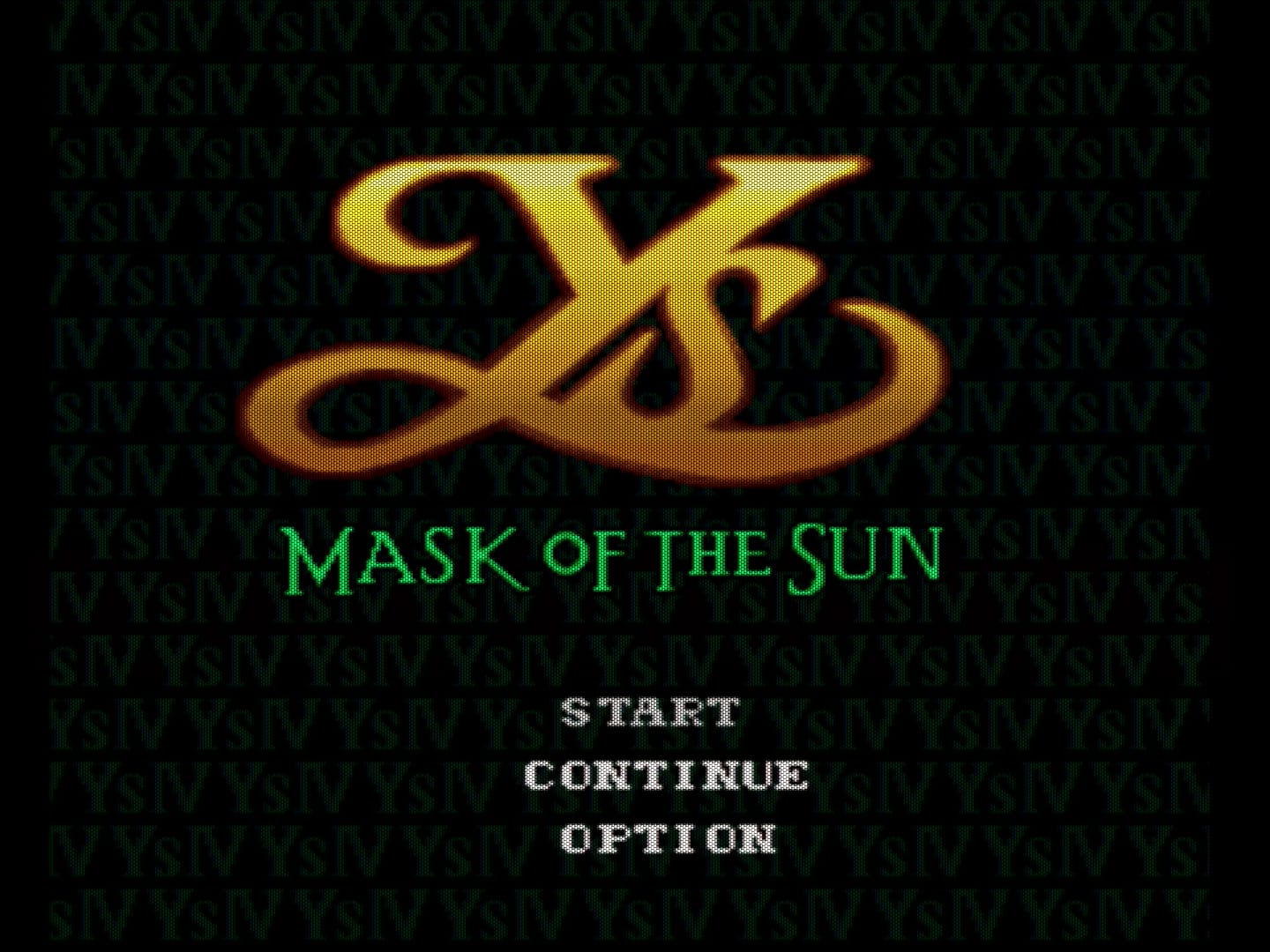
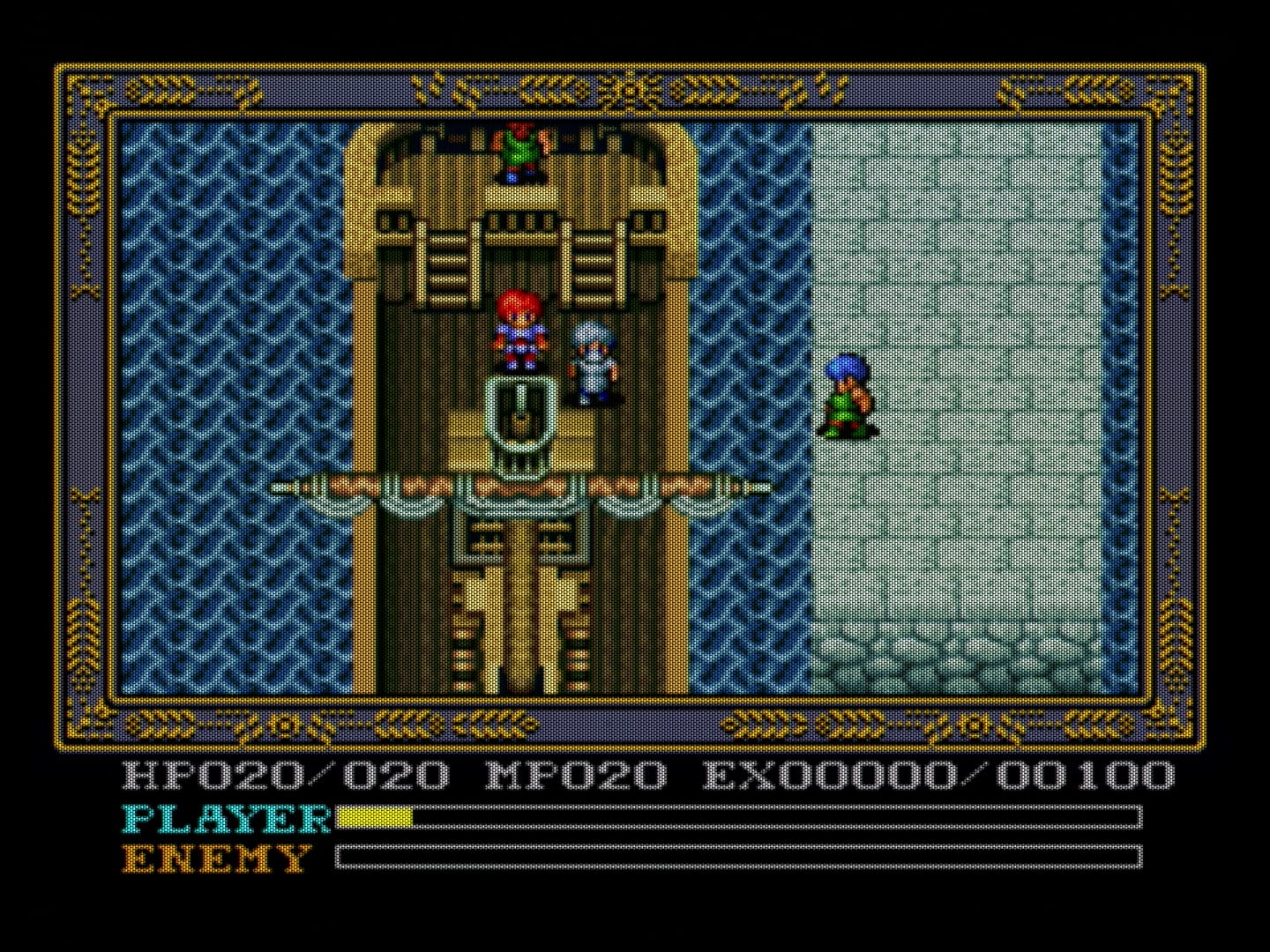
©Nihon Falcom ©Tonkin House
Up until that point, Falcom’s releases and subsequent ports of the previous three games for different consoles and PC platforms varied in look and feel to accommodate different hardware. Hudson had the advantage of having produced the PC Engine versions of the first three games, including a version of the first two that combined them into one release with a remixed soundtrack, updated visuals including anime-esque cutscenes, and voice acted dialogue, making it one of the first “remastered” versions of a game and lightyears ahead of the industry standard when it was released at the tail end youof 1989. Thus, they were able to design their version of IV to be a direct continuation of the vision they had for I & II, and feel like a true sequel.
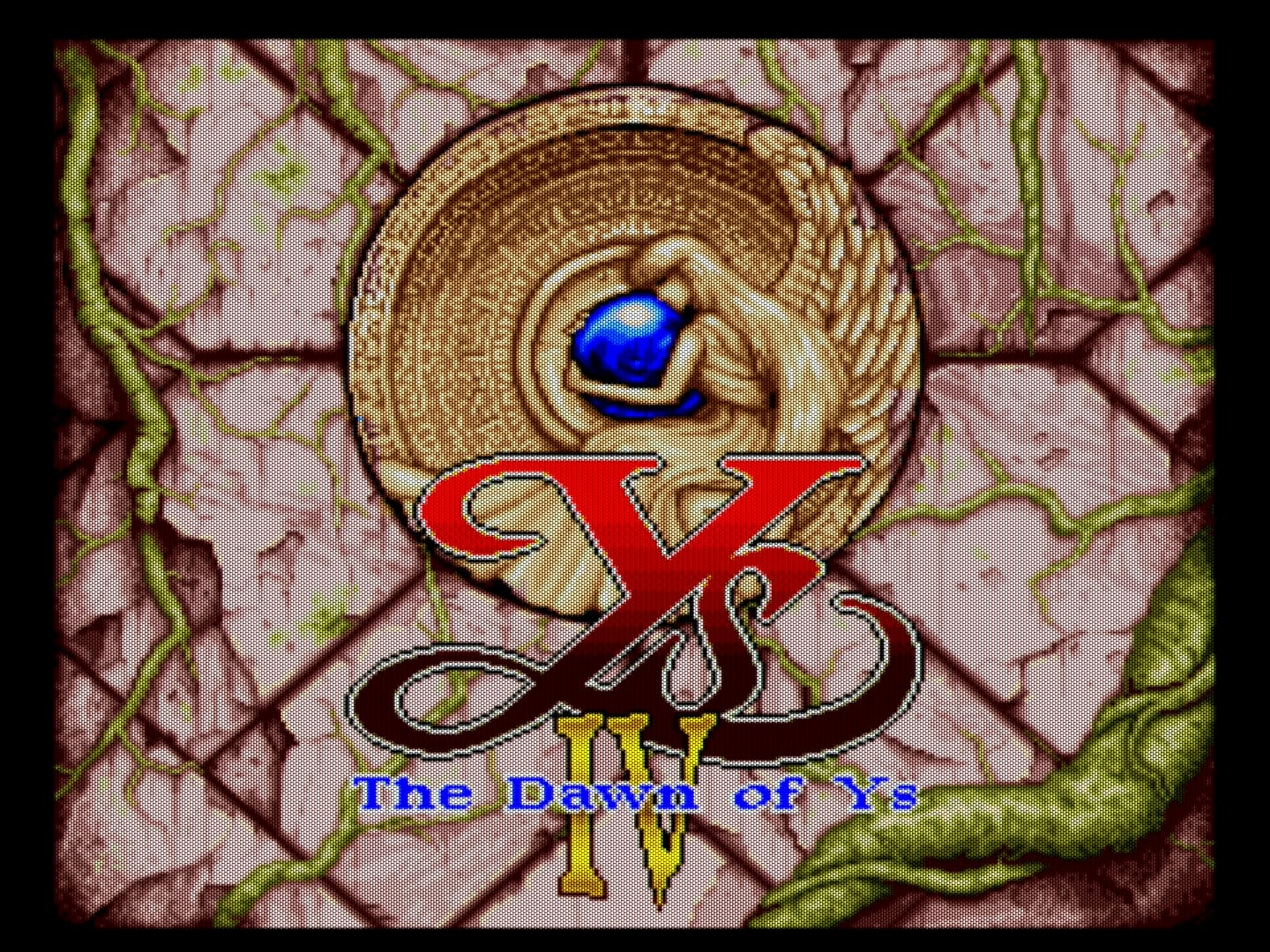
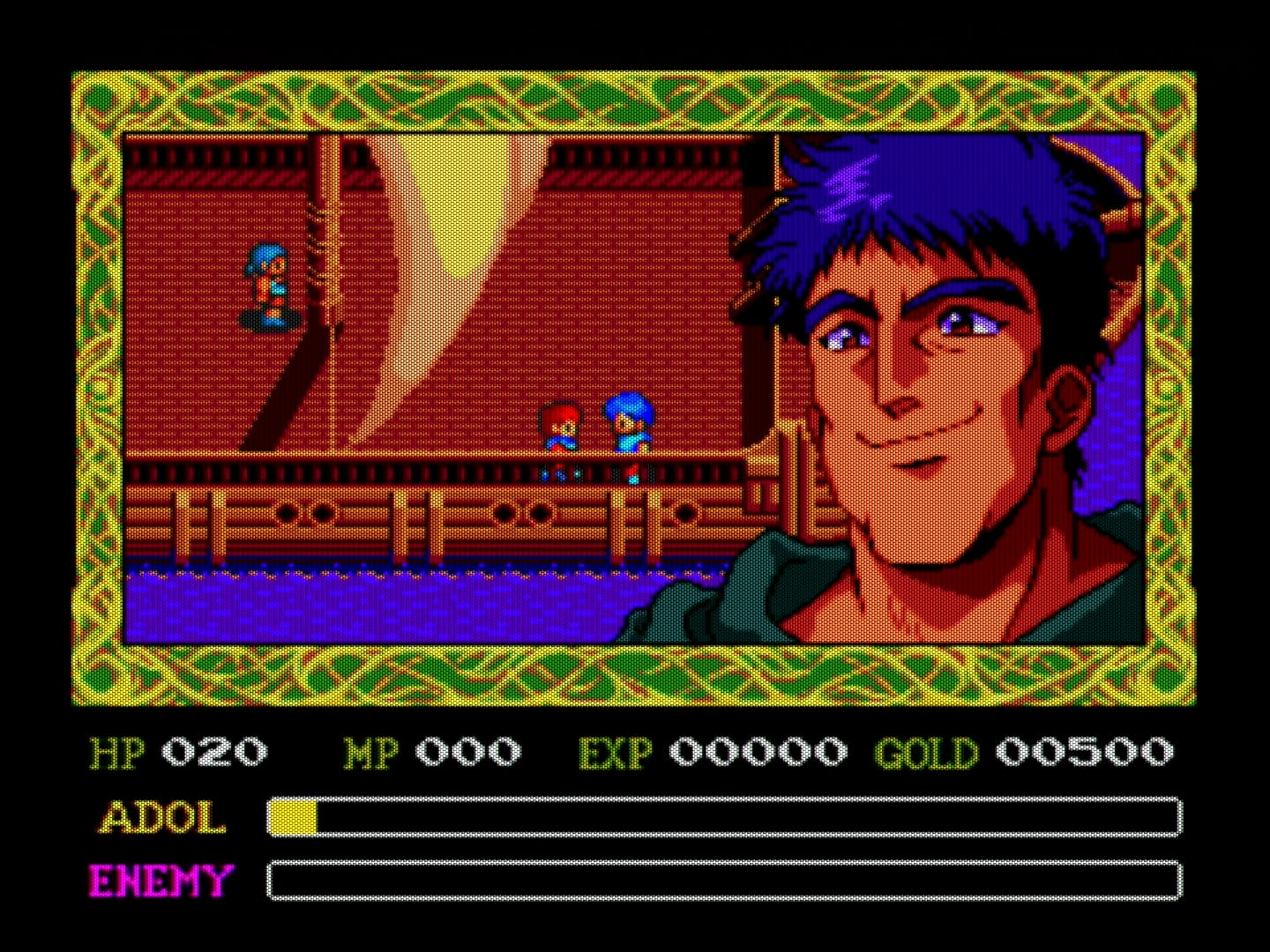
©Nihon Falcom ©Hudson Soft
While The Dawn of Ys might be one of the lesser known and experienced titles in the franchise, it has a reputation in fan communities as being one of the last legacy Japanese RPGs of the era to never get a worldwide release, although the events of the fourth iteration of Ys as a whole were streamlined years later into Ys: Memories of Celceta on the PlayStation Vita. The confusion around the fourth game and a lackluster fifth game, Ys V: Lost Kefin, Kingdom of Sand hitting the Super Famicom over a year after the next generation of consoles had already hit the market could be seen as a marker of the end of the first generation of the Ys franchise, which would spend the next decade and change mostly in obscurity, before slowly re-emerging with both new mainline titles and redesigns of previous ones. Falcom attempted to mold the series into something that felt more cohesive across each individual release over the course of the 2000s and first half of the 2010s, predominantly on Sony consoles including the PlayStation 2, PSP, and PS Vita. While none of the games during this intermediate period reveled in mainstream popularity, they garnered enough attention from old fans as well as new audiences to allow Ys to transition into the modern era of gaming with larger presence that is known worldwide.
Ys is known for its soundtracks, but not necessarily any one composer
Mention Ys to a diehard fan, and they will likely praise the series-wide music as particularly noteworthy. This is quite interesting contrary to the standard JRPG fare, where popular franchises tend to have in-house musicians that are known for the lion’s share of the compositions spanning large patches of games, if not an entire series. Take Final Fantasy and Nobuo Uematsu, or Star Ocean and Motoi Sakuraba for example.
In the case of the Ys series, the legendary, if not mysterious “Falcom Sound Team jdk” has been associated with all of the music, and has included two dozen or more individual composers over the course of the last four decades that have worked on Ys, as well as Falcom’s other titles.
The list features names synonymous with the Japanese video game music scene throughout the 80s and 90s, such as Ryo Yonemitsu, Mieko Ishikawa, and even a guest appearance by Yuzo Koshiro, who provided a genre-defining FM synth soundtrack for the PC Engine Super CD version of Ys I & II.
The more modern Ys games have included the talents of Takahiro Unisuga, Yukihiro Jindo, and Matsuo Singa, each of whom tends to have a very distinct style. So much in fact that some fans tend to pick a favorite out of the three whenever a new Ys game is released, and debate amongst each other over which one is the most talented. While the older games are a good way to experience some truly classic game music, the newer ones shine through with their diverse compositions and continue to add soundtracks to look forward to that complement the series perfectly.
Falcom strives to bring Ys to as many players as possible, worldwide
The Ys of old is a bit on the more obscure side, due to availability of localizations and being mostly featured on platforms that were more popular in Japan, such as the PC Engine. However, the series has bounced back in the last decade and is more accessible than ever.
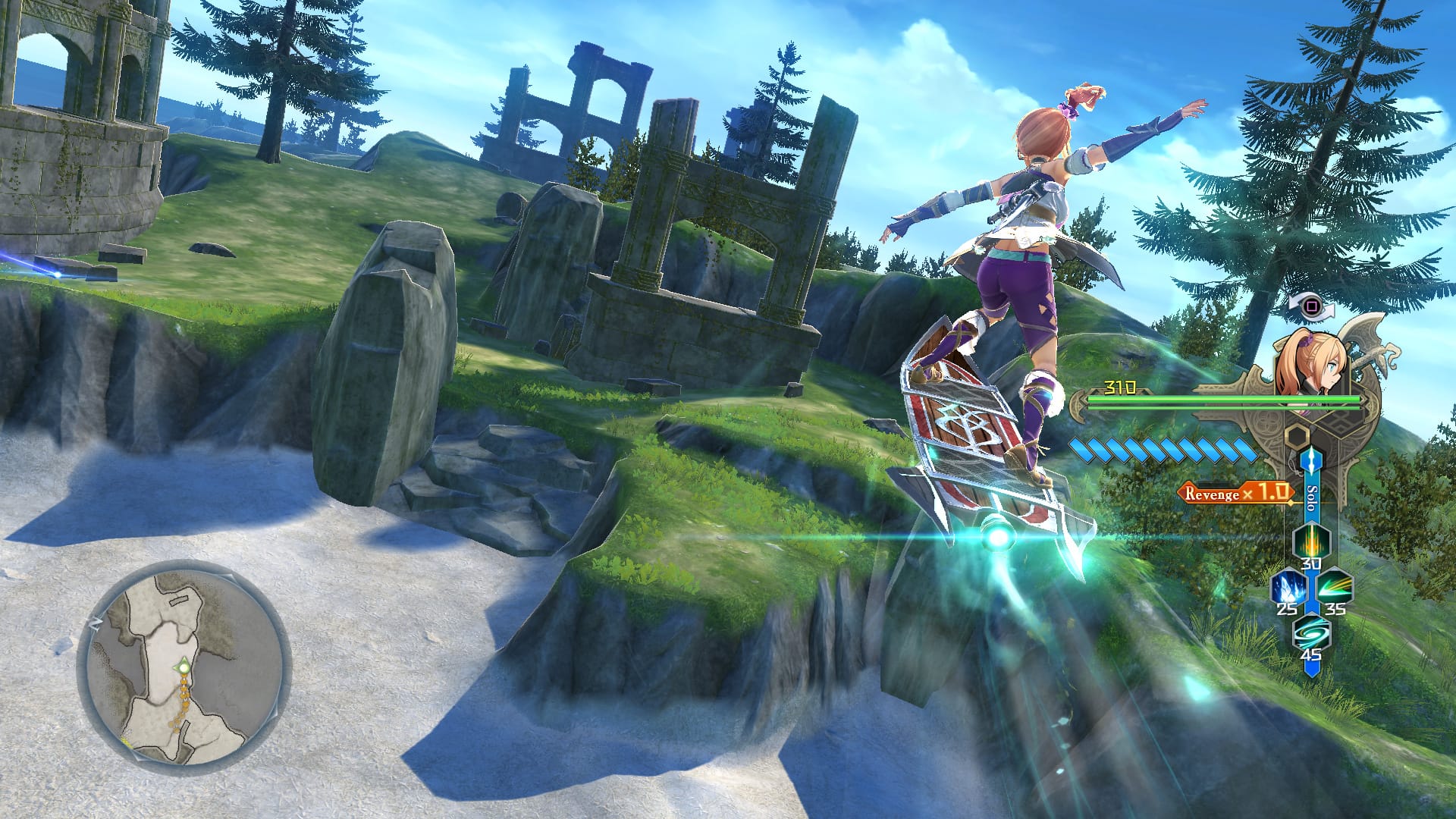
The most recent three games, Ys VIII: Lacrimosa of Dana, Ys IX: Monstrum Nox, and Ys X: Nordics are available worldwide on a multitude of platforms, including PlayStation 4, Nintendo Switch, and even for PCs via Steam. Falcom also has put emphasis on giving many of the remakes of older titles and misc entries in the series from the early 2010s period such as Ys VI: The Ark of Napishtim, Ys: The Oath in Felghana, and Ys Seven modern ports.
Ys is easier than ever to enjoy with broad availability and no specific starting point or order it should be experienced in, so now is the best time to jump in and experience a staple of Japanese gaming for yourself!
